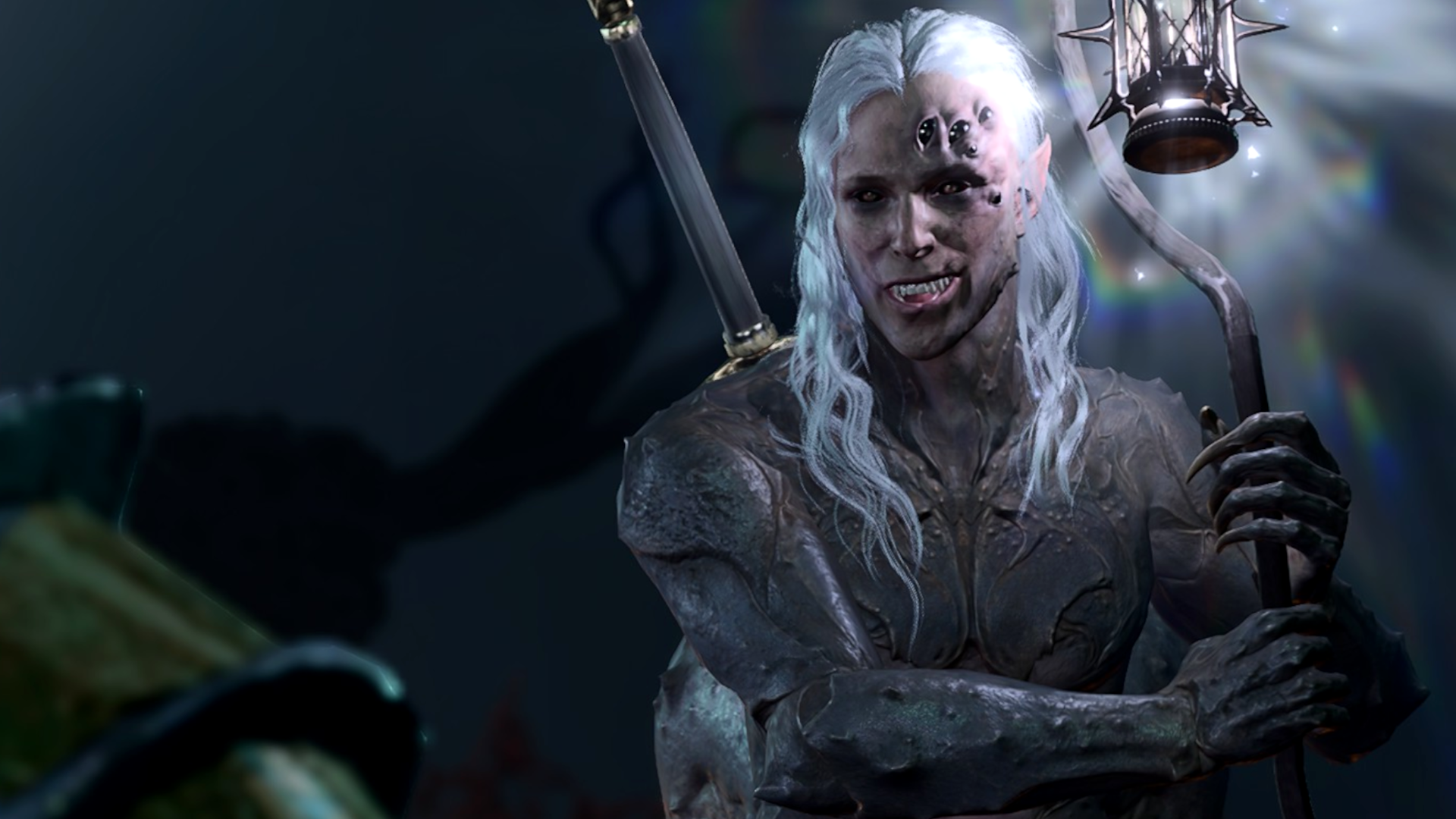Obsidian's design director would love to add the immersive sim elements of Baldur's Gate 3 into a 'Pillars-y' game: 'we have mostly 2D worlds, so that's a lot more difficult'
"But even in a 3D world, it's not easy."

Before Baldur's Gate 3 came along and took a great (weapon master) swing at what we thought the CRPG could do, Obsidian was keeping the flame alive with Pillars of Eternity—a series that is by all means absolutely stellar. Granted, Larian's Divinity: Original Sin 2 laid that groundwork, and the immersive sim elements the studio carried over added a whole new dimension to a more tabletop-adjacent CRPG.
Obsidian's design director Josh Sawyer, recently talked about Baldur's Gate 3 in a Q&A on his YouTube channel. A fan asked him whether there was anything from BG3 that he'd like to incorporate into a "Pillars-y" game—something he's said he'd like to do, though he'd want a Larian-sized budget for it.
While Sawyer said BG3 executes classic CRPG mechanics very well, he identified two additions which elevate the whole thing—first up, movement. "The jumping, the ability to fly—basically to move through the terrain with more than just walking around … the player has a lot more options for how to approach situations and solve problems. [You can] give the player tools that augment those things. Those are really fun things in tabletop, and to see them represented in a CRPG is very cool."
While I have some old man gripes about BG3's height advantage system and how it nudges up against its 5th edition ruleset (thank god it's not advantage/disadvantage like in the early access) I do think Sawyer is bang on the money here.
You can gain huge advantages in a ton of the game's brawls by, say, flying your group up to the rafters to rain down hell from above, or funnelling your foes through a set of doors, or dropping an owlbear on them. More classical CRPGs like Pillars do this to a certain extent, but adding a Y axis to the game allows you to then build further systems around that.
Secondly, Sawyer gives credit to the game's "dynamic world … there's a lot of different things you can do with properties, things being wet or burning or what-have-you. The ability to pick up objects and move them around, and break through anything."
The fact that the hidden school of 'barrelmancy' is a long-standing meme within Larian's community speaks to that—heck, Critical Role's Matthew Mercer briefly stunned the studio's founder Swen Vincke when he 'snuck' into Wyrm's Rock fortress by stacking a thousand crates on top of each other, then firing an Arrow of Transposition to teleport himself across.
The biggest gaming news, reviews and hardware deals
Keep up to date with the most important stories and the best deals, as picked by the PC Gamer team.
"Obviously in Pillars and Deadfire, we have mostly 2D worlds, so that's a lot more difficult to make happen—but even in a 3D world that's not easy. [Larian] was building on [its] success with Original Sin 2."
That seems like a fair assessment to me. While Baldur's Gate 3 broke new ground, it owes a ton of its framework to Larian's prior games—and the studio's been developing its suite of systems since DOS1 in 2014. Baldur's Gate 3 pulls it off because Larian spent a near-decade getting very, very good at what it does. Sawyer finishes: "But yeah, those are the things I think make at least those two Larian games really stand out."

Harvey's history with games started when he first begged his parents for a World of Warcraft subscription aged 12, though he's since been cursed with Final Fantasy 14-brain and a huge crush on G'raha Tia. He made his start as a freelancer, writing for websites like Techradar, The Escapist, Dicebreaker, The Gamer, Into the Spine—and of course, PC Gamer. He'll sink his teeth into anything that looks interesting, though he has a soft spot for RPGs, soulslikes, roguelikes, deckbuilders, MMOs, and weird indie titles. He also plays a shelf load of TTRPGs in his offline time. Don't ask him what his favourite system is, he has too many.
- Joshua WolensNews Writer

